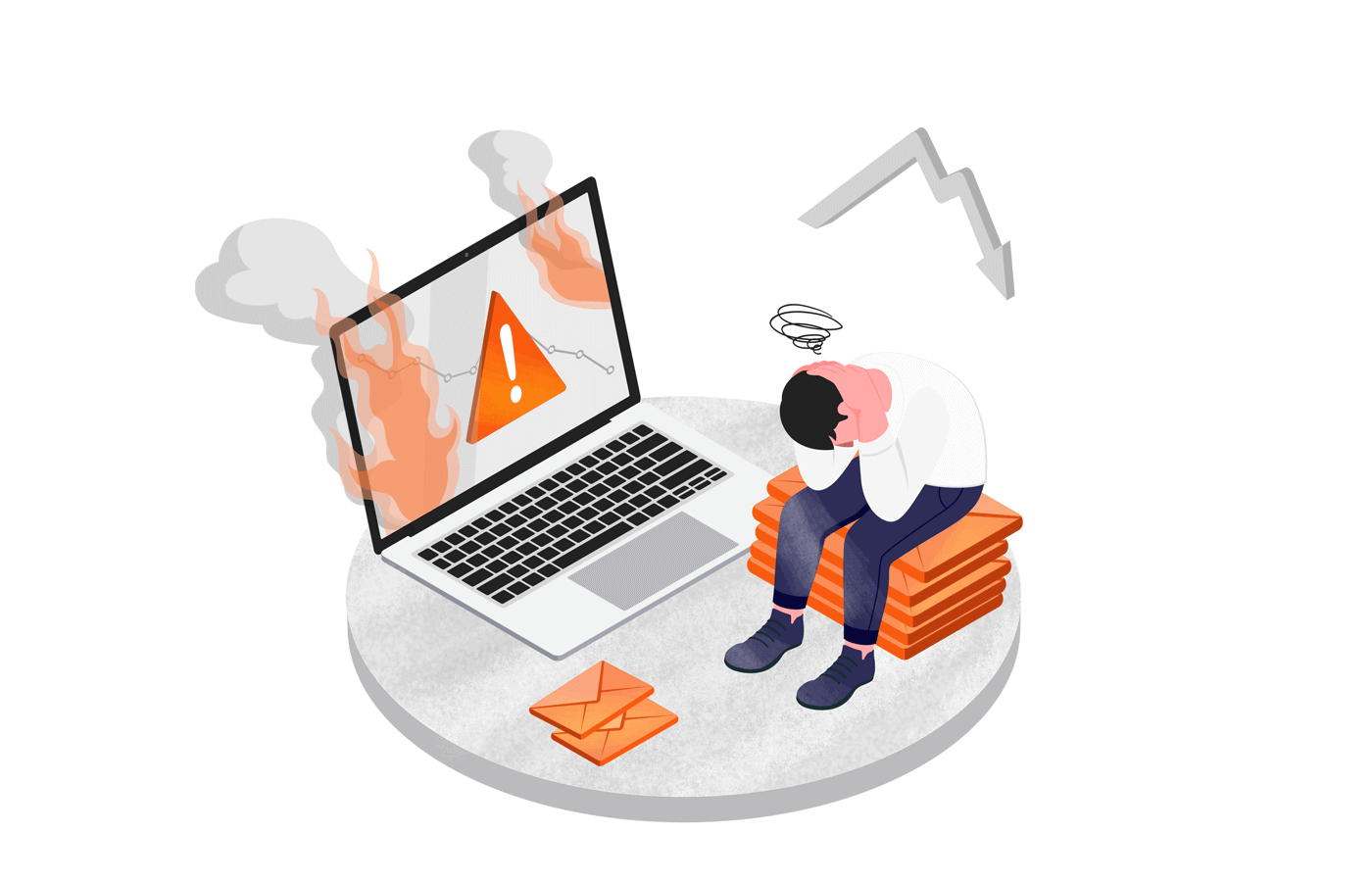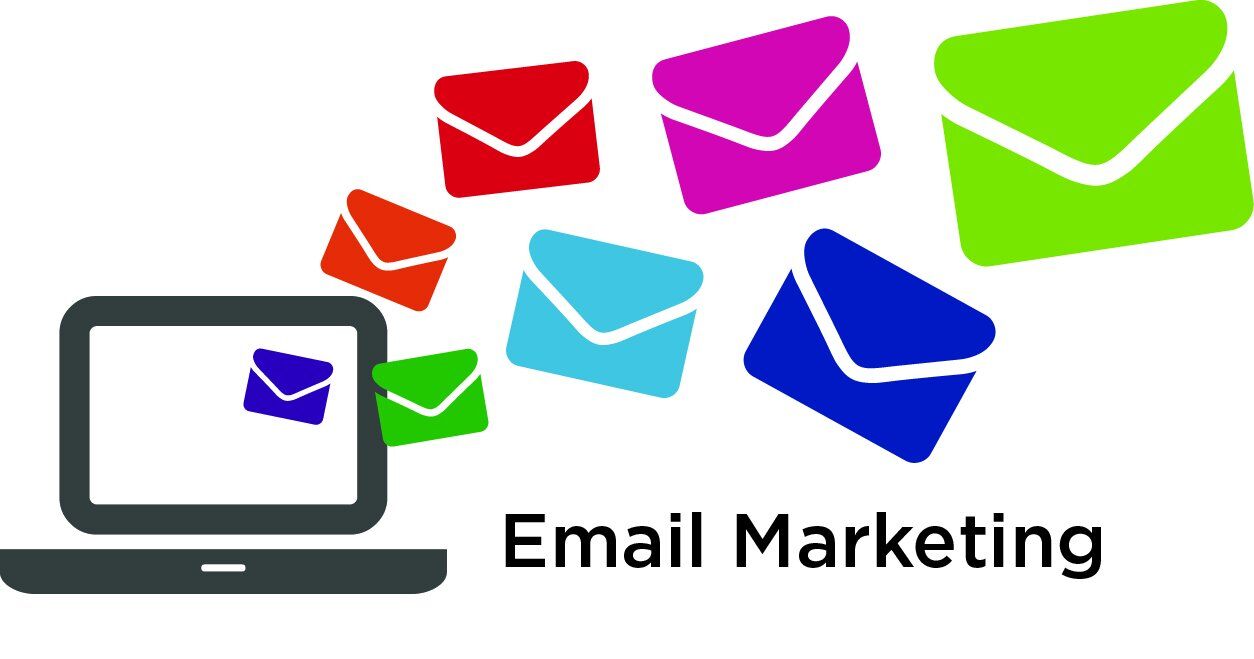Names are first impressions. When we’re introduced to something, what it’s called immediately shapes perceptions: Can we trust it? Should we engage? Will we like it? These are biases every business must manage. For email marketing, it’s no different. The domain name attached to your campaigns carries both explicit and implicit weight. Let’s explore how your domain choice shapes outcomes.
How Domain Extensions Impact Trust and Engagement Metrics
Content creation, segmentation, and automation often get the most attention in strategy meetings. But the foundation of your email system deserves equal focus. Whether it’s .com, .net, or .co.uk, people instantly react to a domain extension. For new or small businesses, a free domain may feel like a shortcut to get started. But domain registration and your chosen TLD play a major role in how recipients perceive and engage with your brand. It’s often among the first impressions you’ll ever make.
Trust Begins with Familiarity
Most recipients instinctively trust domains ending in “.com” or country-specific codes like “.co.uk” or “.ca.” These extensions are associated with established brands. By contrast, unusual TLDs like “.biz” or “.xyz” can trigger caution. Because many spam campaigns use obscure extensions, ISPs and recipients may flag them without a second thought. The wrong TLD can create a barrier to engagement, even if your message is credible and valuable. This pattern isn’t arbitrary. Over years of internet use, people develop mental shortcuts for judging communications. Familiar extensions offer instant reassurance, while unfamiliar ones introduce friction that most won’t bother to overcome.
Measurable Effects on Engagement Metrics
Domain extensions affect open rates and click-through rates more than many marketers realize. As Mailchimp notes, CTR gauges engagement and conversion potential. Recipients are less likely to open emails from nonstandard domains. If you haven’t yet registered a domain, prioritize TLDs that align with expectations in your market. For global audiences, “.com” remains the safest option. Country-specific TLDs and familiar alternatives like “.co” and “.net” generally carry more trust. According to Mailchimp data, a good average open rate is around 34.23%, though this varies by industry. Government emails top the list at 40.55%, while vitamin supplement emails lag at 27.34%. The average CTR is about 2.66%, ranging from 1% to 5%. Again, vitamins see the lowest CTR at 1.19%, while government emails average 4.58%. Understanding these benchmarks is useful, but consistent improvement over time matters more than absolute figures. Tracking your own metrics month over month gives you a clear view of progress.
Domain Reputation and Deliverability: The Backbone of Successful Campaigns
Behind every effective email campaign is a strong domain reputation. This acts like a trust score that determines whether emails land in inboxes or spam folders. Domain reputation builds over time, much like credit history. Each email contributes to your credibility, making it an asset worth protecting. For new senders, this creates a classic chicken-and-egg challenge: You need reputation to achieve deliverability, but you need deliverability to build reputation.
The Link Between Domain Health and Deliverability
Email providers assess your domain’s sending history to decide whether messages are safe. Cognism reports that ESPs are more likely to divert your emails to spam or reject them if your domain has a poor track record. High bounce rates, frequent spam complaints, and low engagement damage your reputation and reduce ROI. Practically speaking, fewer emails will reach inboxes over time. On the other hand, a strong domain reputation boosts inbox placement and campaign results. To maintain domain health, follow best practices: avoid spam triggers, keep clean mailing lists, and monitor bounce rates consistently.




